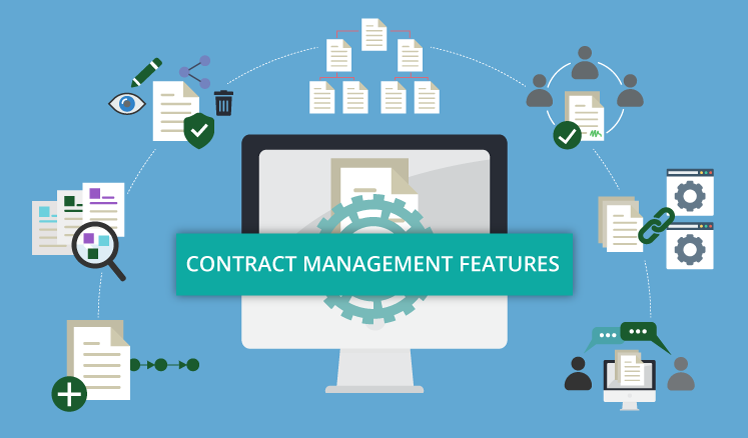Have you experienced losing track of the latest version of the document you’re creating after passing it around different emails several times? Or maybe you’ve tried chasing your colleague for their signature, who’s rarely in the office. Or perhaps you’ve been spending hours looking for an unnamed file you saved yesterday in a pool of disorganized digital files. Whatever industry your business belongs to, you’ll always be dealing with documents in your daily operations.
Businesses depend on smooth and effective document processing for the overall success and satisfaction of their customers. Seamless document processing is vital to promote the productivity and efficiency of employees. In contrast, 21.3% of productivity is lost when you lack an efficient document workflow, which leads to delays, errors, and hassles in the business’s operations.
Thus, companies must assess their current document processing to determine whether it needs improvement. For your guide, here are five tips and practices to implement for a smoother and more efficient document workflow.
1. Identify the problem
Before you think of solutions, you’ll need to identify the problem first. The easiest and quickest way to identify the problem is to create a survey and distribute it to your staff. Or you may also conduct a quick meeting if you have a smaller workforce. Ask them questions and seek their feedback regarding your organization’s current document processing. Through this, you can discover which areas to improve that would make your document workflow smoother and easier for everyone.
For example, if your employees report that editing PDF files is time-consuming because they need to constantly install expensive third-party apps or software, consider investing in a reliable PDF editor for everyone to use. In that case, you can invest in a trustworthy PDF editor that you and everyone in the organization can share and use.
With a centralized PDF tool, your staff can avoid spending time downloading individual PDF editors to complete their tasks. More importantly, this will reduce your staff’s risk of installing PDF tools that could be viruses or malware in disguise.
2. Set up a team and delegate tasks
One of the reasons disorganization and duplication of documents or files happen is because of redundancies of activities. For instance, three employees are re-editing a particular document, producing three different versions of the file. Eventually, this will create confusion for the people at the receiving end. To avoid such, you can map out a team of employees primarily involved with document processing and delegate them with their specific tasks.
For example, one group will be responsible for encoding documents and saving them as PDFs. Then, they’ll forward the said files to the next team, who oversees checking and editing PDF files only when necessary. For this stage, ensure they use the same software to edit a PDF file and maintain continuity. Then, another team will be in charge of printing out the finalized copies of documents and preparing them for submission.
Once you’ve set up a team, check the efficiency of each procedure and assess how things currently flow. If you find some issues that delay or interrupt the continuity of the document workflow, you can find ways to conduct some necessary improvements.
3. Invest in signature automation (e-signatures)
One of the crucial parts of document processing is the signing of papers. Some documents must be validated with a signature before being used for business (e.g., contracts). However, document signing can also cause operational delays, specifically when the person intending to sign the documents is unavailable or out of the office. You can invest in signature automation or utilize electronic signatures to speed up document processing.
Automating the signing process allows customers and other businesses to digitally sign documents using smart devices. Research also shows that e-signatures or signature automation can improve the close rates by over 5% and significantly reduce the turnaround time of documents. With a faster turnaround time, your business can close more deals with prospective clients, making document signing more convenient and efficient for everyone.
4. Automize everything that can be automated
Other than automating the document signing process, you can continue to automize the other processes involved in your document processing to further smoothen your workflow. About 48% of businesses are now using workflow automation solutions to automate some of their manual tasks. With workflow automation, you can increase your employees’ level of productivity in terms of processing documents and significantly minimize data entry errors.
A great example of automating a manual task is using software to generate invoices. Doing so will save your employees’ time and effort from having to manually write down invoices which could be at risk of errors. It’ll also be easier for the staff to store and manage document invoices digitally than dealing with more papers in the office.
5. Use cloud-based software
When documents are passed around in several emails, it’ll be harder to monitor the changes in the documents and determine which one has the latest or most recent updates. Therefore, it is recommended to use cloud-based software when creating and storing documents online.
Cloud-based software is much more secure, flexible, and easier to use. Besides making it harder for hackers to access your files, cloud-based software allows employees to collaborate better, share, and edit files from one platform. This software ensures that everyone in the organization is working on the same information, avoiding duplication of files. Google Drive and Dropbox are some of the best cloud-based software tools to create, store, and manage documents effectively.
Wrap up
When optimizing your business, you must include improving your document workflow. With the right tools and software solutions, along with these practices, you can increase efficiency and enhance the workflow of your company’s document processing.











Add Comment